Have You Ever Had the “Stomach Flu”?
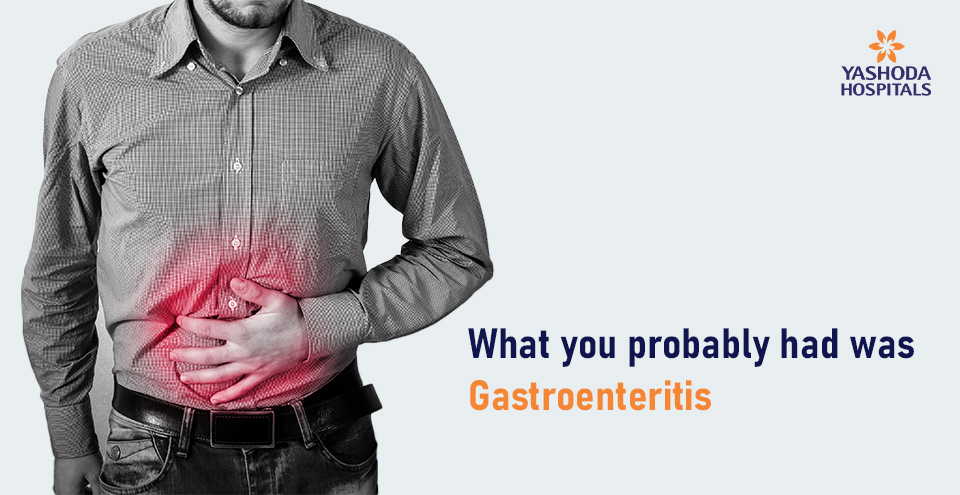
Gastroenteritis is an inflammation of the stomach and lining of the intestines which is called the gastrointestinal (GI) tract. It is commonly referred to as “stomach flu” or “stomach bug”. This infection could involve the colon and small intestines. It can be for a short duration (acute/viral gastroenteritis) or for a longer duration (chronic/bacterial gastroenteritis).
A few primary reasons that could assist in the spread of this short-term illness are consumption of contaminated food or water, coming in contact with a person affected with this virus, not washing hands properly after a diaper change or side effects from medications. This could be caused by a virus, bacteria, or even a parasite.
Flu like illness during COVID-19
The other “flu like illness” which we have been dealing with lately is COVID-19. Needless to say, it is more common than the common cold or the stomach flu, especially when we are experiencing a “Covid wave”. With the impending rainy season, the lockdown restrictions being lifted, confidence levels high given the vaccine and the desire of the public wanting to eat out, we are likely to see more of these stomach flu cases. The main challenge is the diagnostic dilemma between the acute viral gastroenteritis (non-covid viruses) and Covid-19 related gastroenteritis. Let us first look at the causes of gastroenteritis other than COVID-19 and their treatment.
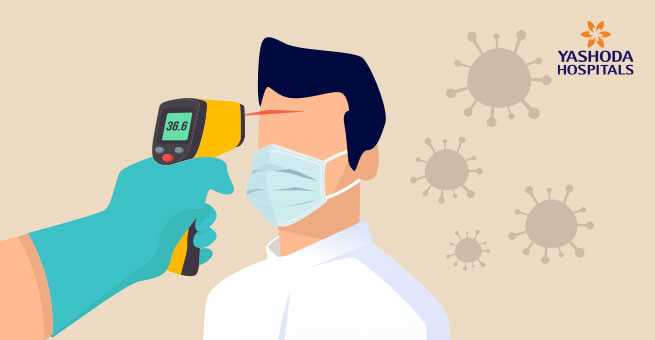
Role of Virus in Gastroenteritis
Virus is the most common cause of gastroenteritis – for example; Norovirus, Rotavirus and many more.The world’s most common cause of diarrhea in infants and young children is Rotavirus, while Norovirus is the most common cause of severe gastroenteritis and some foodborne disease outbreaks. It may also have some bacterial causes which include Salmonella, Staphylococcus, E.coli, Shigella and many more. Salmonella and E.coli can also be counted as a cause of stomach flu. Salmonella is the most common bacterial cause of gastroenteritis and can usually spread through eggs, undercooked poultry or even through live poultry. Shigella is often seen in day care centers and usually spreads from one person to another through contaminated food and water. Parasites can also be a cause for bacterial gastroenteritis and can be found in contaminated swimming pools or by drinking contaminated water.
Gastroenteritis are mainly of two types, viral and bacterial. Viral Gastroenteritis is the inflammation of the stomach and intestines caused by one of the viruses, while bacterial gastroenteritis, also referred to as ‘food poisoning’, is the infection in the gut due to bacteria, which leads to inflammation in stomach and intestines and mainly occurs due to poor hygiene, consuming food and water contaminated with bacteria. Viral gastroenteritis spreads through improper hand washing, contaminated water or by consuming raw/undercooked shellfish from contaminated waters. Infants and children below 5 years, senior citizens living in care homes and individuals with highly compromised immune systems are at higher risk of contracting this virus.
Stomach flu symptoms
The symptoms of stomach flu can vary depending on the cause and the main symptoms of viral gastroenteritis is diarrhea followed by nausea, vomiting, abdominal cramping and mild fever. Although the symptoms for viral and bacterial gastroenteritis are the same, in some cases bacterial gastroenteritis bloody diarrhea is seen, also known as hemorrhagic gastroenteritis. Some of the symptoms seen in stomach flu are due to other causes such as food allergies, as well as side effects from medicines and drugs.
Physical examination and the presence of similar cases in the family and close contacts can confirm the diagnosis for gastroenteritis. Stool samples help look for viruses, bacteria or parasites. For faster recovery; rest and staying well hydrated are essential since the body loses a lot of water and electrolytes between diarrhea and vomiting episodes. Taking frequent sips of water or juices, chewing ice cubes, consumption of drinks or food with potassium such as bananas and fruit juices make up for the salt loss. One must maintain the electrolyte balance in the body with ORS. Medications or over the counter drugs must be taken only as per a physician’s prescription.
Steps that can help in preventing this short term illness are to practice good hand-washing technique. It is important to clean your hands with warm water after using the washroom, changing the diaper, touching bathroom surfaces and before eating food, avoiding eating raw and undercooked foods, rinsing fruits and vegetables thoroughly before eating /cooking, cleaning areas which might have come in contact when sick, changing the toothbrush once in 2-3 months. After recovery, a Rotavirus vaccination should be given to children as indicated.
Is it Gastroenteritis or COVID -19?
Doctors are facing the present pandemic with a few such confusing incidences while diagnosing and treating COVID-19 patients. The symptoms presented by a Covid patient are similar to that of gastroenteritis and various other diseases. Both would cause diarrhoea, abdominal pain and cramps. Both might cause fever with chills and body aches. However, the following points might help in differentiating the two:
- Cough
- Chills or high grade fever
- Difficulty breathing or shortness or breath
- Body or muscle aches
- Severe fatigue
- Loss of smell or taste
- Headache , which can also occur due to severe dehydration in both
- Runny nose or congestion
- Sore throat
As the situation around the pandemic is evolving with each passing day, it can be said that certain symptoms like upper respiratory issues, loss of taste and smell help in differentiating gastroenteritis from COVID-19. Another symptom is chest pain, which can specifically be characterized as COVID-19 as compared to Gastroenteritis. History of contact with a Covid affected person would suggest the cause of illness.
The first thing to do when a person develops the above mentioned symptoms is to isolate themselves, and to consult a doctor. Doctors would be aware of the local patterns of gastroenteritis and COVID-19, helping them differentiate between the two. Investigations might be required to diagnose the cause of the illness and to assess the severity. The treatment of the two may not be very different, as most are supportive treatment with fluid and electrolyte replacement. Specific antiviral or antibiotic medications must be prescribed according to the need and symptoms presented by the patient.
References:
- Nausea and vomiting, Mayo Clinic: https://www.mayoclinic.org/symptoms/nausea/basics/definition/sym-20050736
- Stomach Flu: What You Need to Know, WebMD: https://www.webmd.com/digestive-disorders/ss/slideshow-stomach-flu
- Viral Gastroenteritis (Stomach Flu), Healthline: https://www.healthline.com/health/viral-gastroenteritis
- Understanding Viral Gastroenteritis, Johns Hopkins: https://www.hopkinsmedicine.org/health/conditions-and-diseases/understanding-viral-gastroenteritis
About Author –
Dr. Sarada Pasangulapati,
Consultant Medical Gastroenterologist and Hepatologist , Yashoda Hospitals – Hyderabad
MRCP(UK), MRCP (GASTRO), CCT (UK), FRCP (GLASGOW) Fellowship in hepatology and Liver Transplantation (Cambridge)





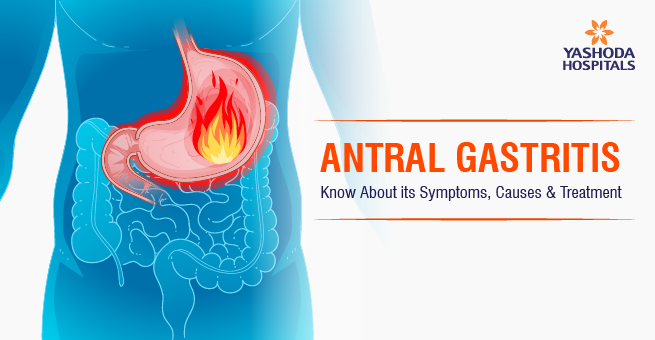


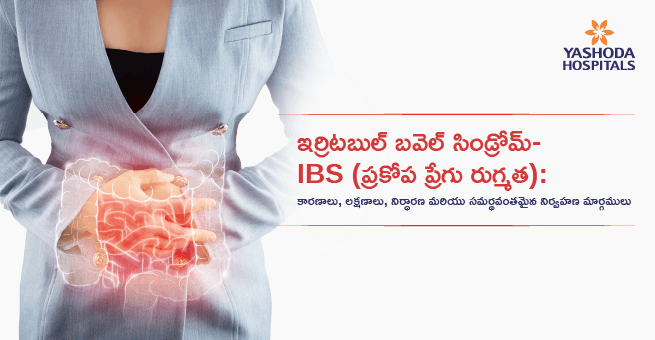
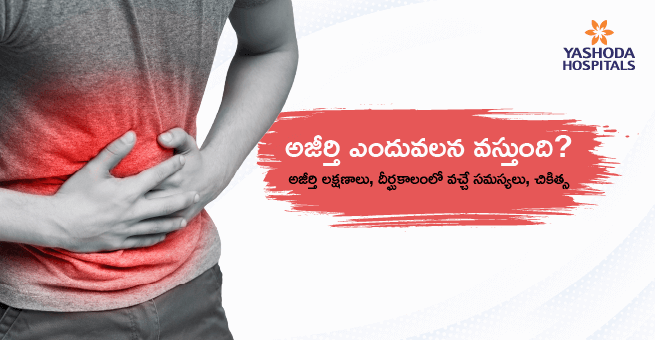
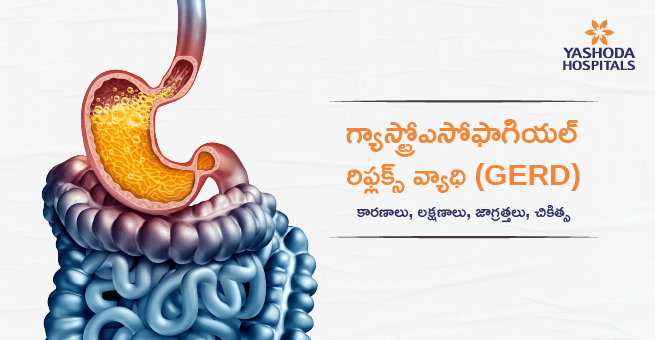

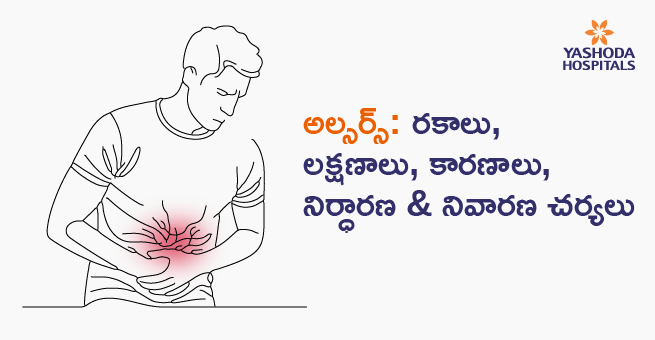
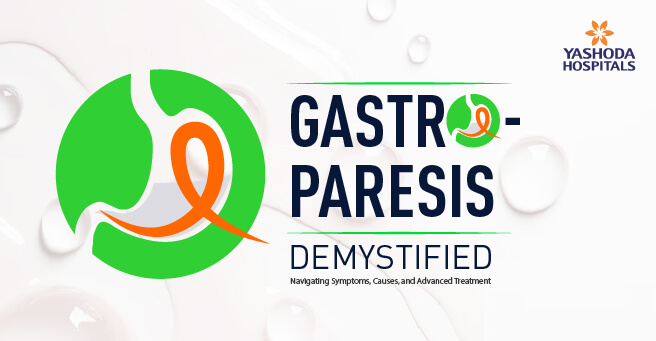

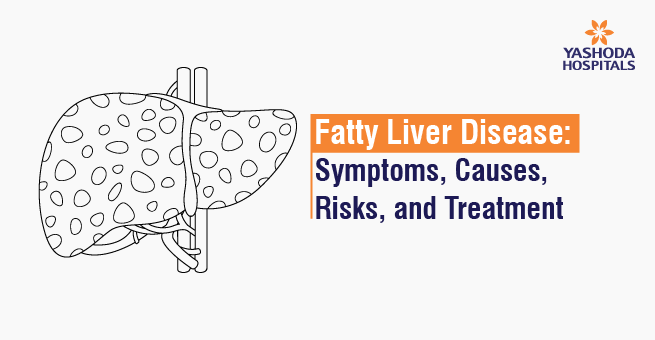
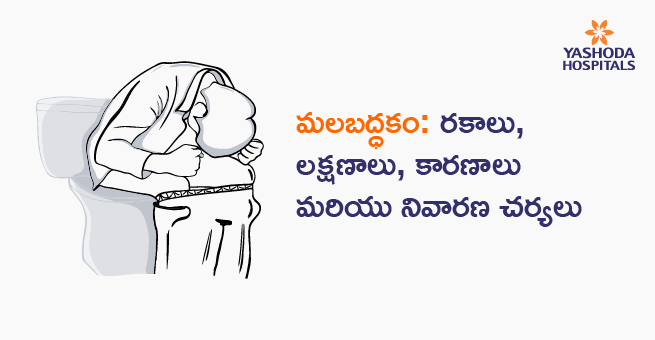





 Appointment
Appointment WhatsApp
WhatsApp Call
Call More
More